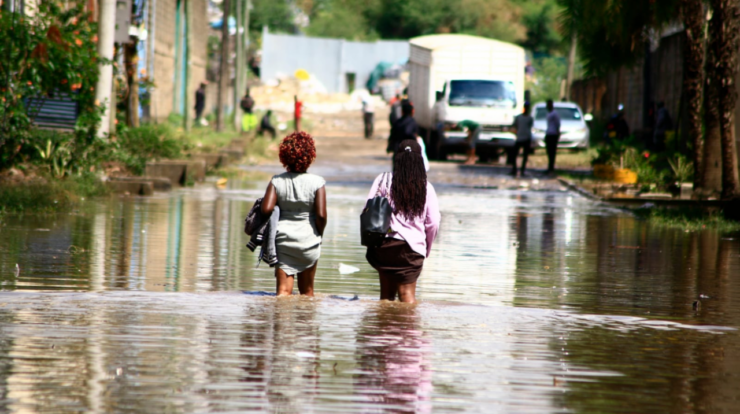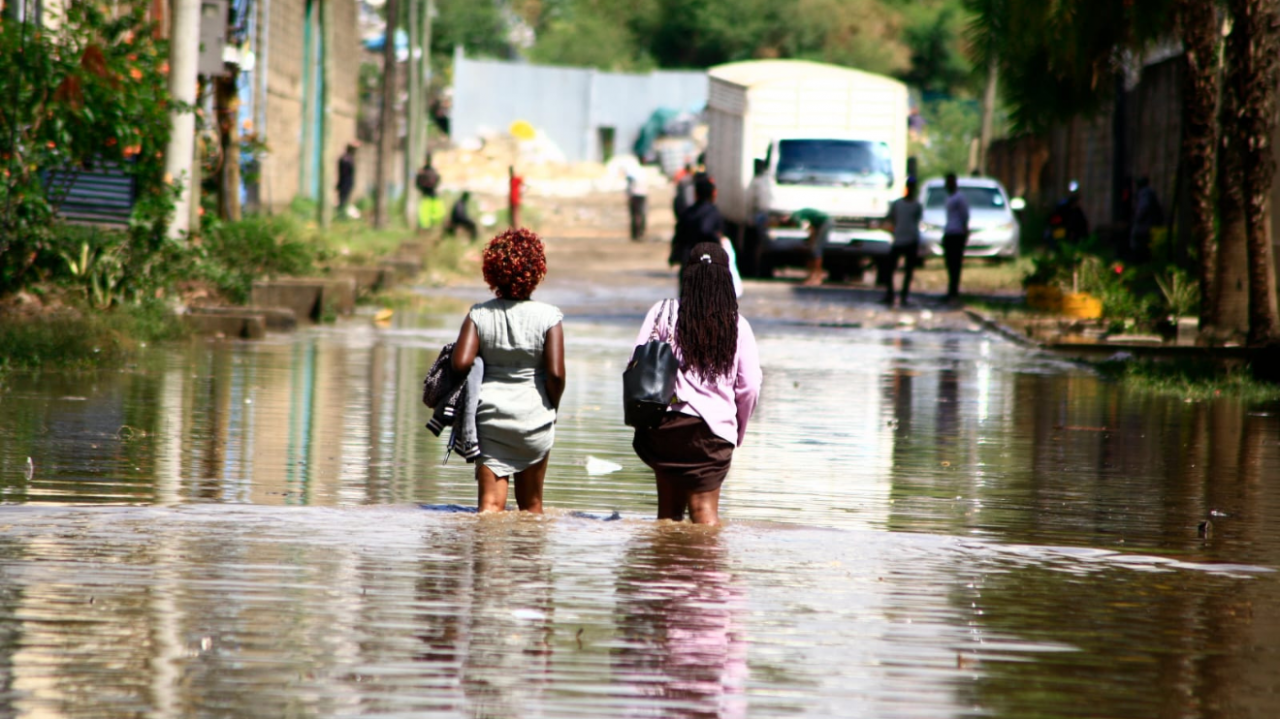
Kenya nairobi flooding – Nairobi flooding has become an increasingly pressing issue, leaving devastating consequences on the city’s infrastructure, economy, and social fabric. This article delves into the root causes of flooding in Nairobi, its impact on the city, and explores potential mitigation strategies to address this ongoing challenge.
Nairobi’s rapid urbanization and poor infrastructure have exacerbated flooding, while deforestation and clogged drainage systems further contribute to the problem. The consequences are severe, with flooding damaging buildings, roads, and bridges, disrupting essential services, and displacing residents.
Nairobi Flooding Causes: Kenya Nairobi Flooding
Flooding in Nairobi is a recurrent problem caused by a complex interplay of factors. Rapid urbanization, inadequate infrastructure, deforestation, and clogged drainage systems are the primary culprits exacerbating the city’s vulnerability to flooding.
Urbanization and Poor Infrastructure
Nairobi’s rapid growth has led to unplanned settlements and poor infrastructure, which have compromised the city’s drainage system. Informal settlements often lack proper drainage channels, allowing rainwater to accumulate and cause flooding.
Deforestation, Kenya nairobi flooding
The destruction of forests surrounding Nairobi has reduced the city’s natural water retention capacity. Trees absorb rainwater and release it gradually, preventing sudden floods. However, deforestation has increased the amount of runoff, leading to more frequent and severe flooding.
Clogged Drainage Systems
Nairobi’s drainage systems are often clogged with garbage and debris, obstructing the flow of rainwater. Poor maintenance and lack of investment in drainage infrastructure have further worsened the situation.
Flooding Impact on Nairobi

Flooding in Nairobi has severe consequences for the city’s infrastructure, residents, and economy.
Infrastructure Damage
Floods damage buildings, roads, and bridges, disrupting transportation and essential services. Damaged infrastructure also poses safety hazards, increasing the risk of accidents and injuries.
Disruption of Essential Services
Flooding can disrupt water supply and electricity, affecting the daily lives of residents. Contaminated water sources also increase the risk of waterborne diseases.
Social and Economic Impact of Flooding
Flooding in Nairobi has significant social and economic implications.
Displacement and Loss of Livelihoods
Flooding often forces residents to evacuate their homes, leading to displacement and loss of livelihoods. Businesses are also affected, as floods can damage inventory and disrupt operations.
Impact on Health, Education, and Well-being
Flooding can have negative impacts on health, causing waterborne diseases, respiratory infections, and mental health issues. Floods also disrupt education, as schools may be closed or damaged.
Flooding Mitigation Strategies
Addressing flooding in Nairobi requires a comprehensive approach involving flood control measures, urban planning, and sustainable development.
Flood Control Measures
Implementing flood control measures, such as dams and retention ponds, can help reduce the volume of water flowing into the city during heavy rains.
Urban Planning and Sustainable Development
Urban planning and sustainable development play a crucial role in reducing flood risk. Proper land use planning, green infrastructure, and permeable surfaces can help absorb and redirect rainwater, mitigating the impact of floods.
Flood Risk Management
Effective flood risk management requires a comprehensive plan involving disaster preparedness, response, and recovery.
| Tahap | Langkah Kunci | Tanggung Jawab | Sumber Daya |
|---|---|---|---|
| Disaster Preparedness | Develop early warning systems, evacuation plans, and public education campaigns | Government agencies, NGOs | Funding, equipment, trained personnel |
| Disaster Response | Activate emergency response teams, provide shelter and assistance to affected residents | Government agencies, disaster relief organizations | Emergency supplies, medical assistance, transportation |
| Disaster Recovery | Repair infrastructure, provide financial assistance, and support community recovery efforts | Government agencies, private sector, community organizations | Funding, materials, technical expertise |
Community Engagement and Education
Community engagement is crucial in reducing flood risk.
- Raise awareness about flood risks and mitigation measures
- Empower communities to develop local flood management plans
- Conduct educational campaigns on flood preparedness and safety
- Establish community-based early warning systems
Summary
Addressing Nairobi flooding requires a comprehensive approach that includes flood control measures, urban planning, and community engagement. By implementing these strategies, Nairobi can mitigate flood risk and build a more resilient city.
Popular Questions
What are the main causes of flooding in Nairobi?
Rapid urbanization, poor infrastructure, deforestation, and clogged drainage systems are the primary causes of flooding in Nairobi.
What are the consequences of flooding in Nairobi?
Flooding damages infrastructure, disrupts essential services, displaces residents, and negatively impacts health, education, and overall well-being.
What are some strategies to mitigate flooding in Nairobi?
Implementing flood control measures, such as dams and retention ponds, improving urban planning and sustainable development, and engaging communities in flood risk reduction are key strategies to mitigate flooding in Nairobi.




